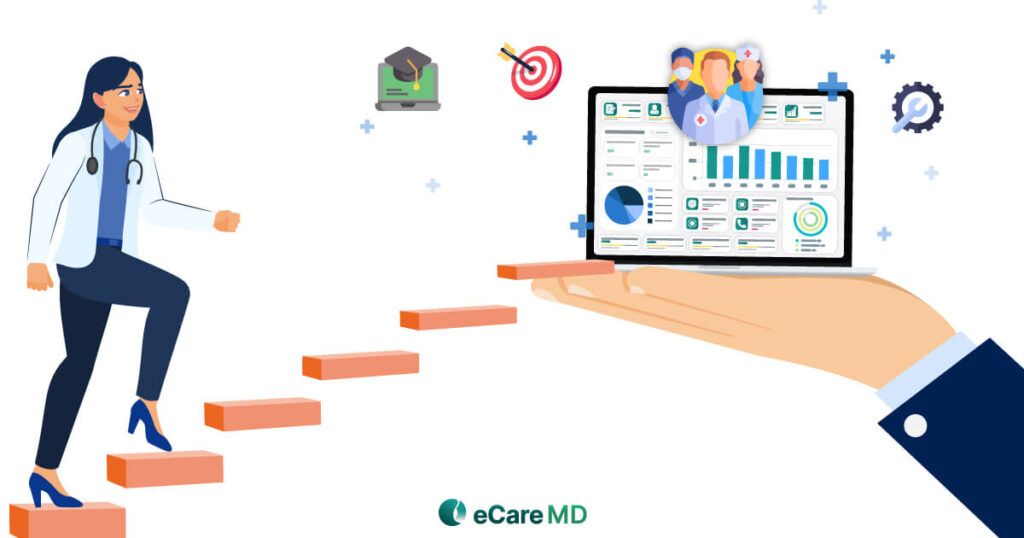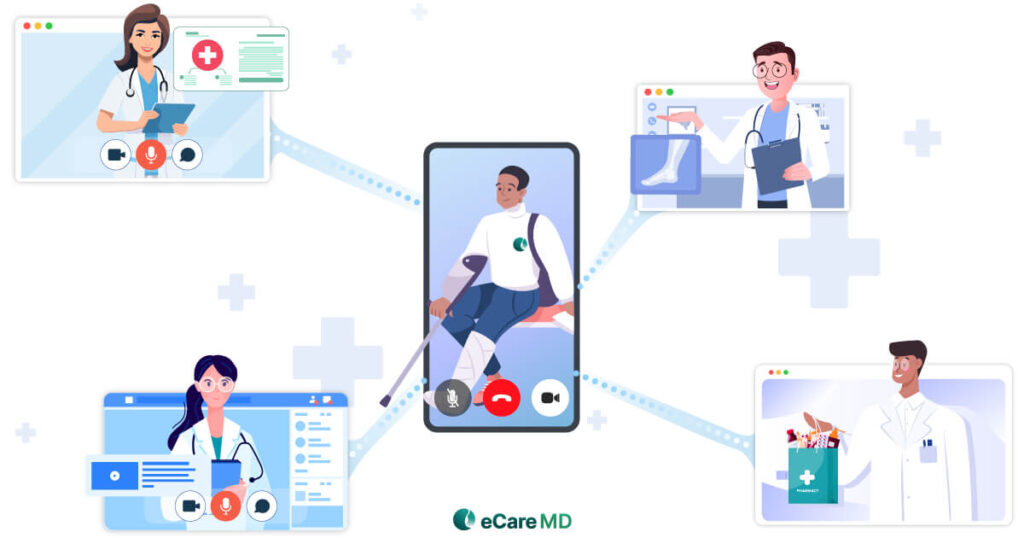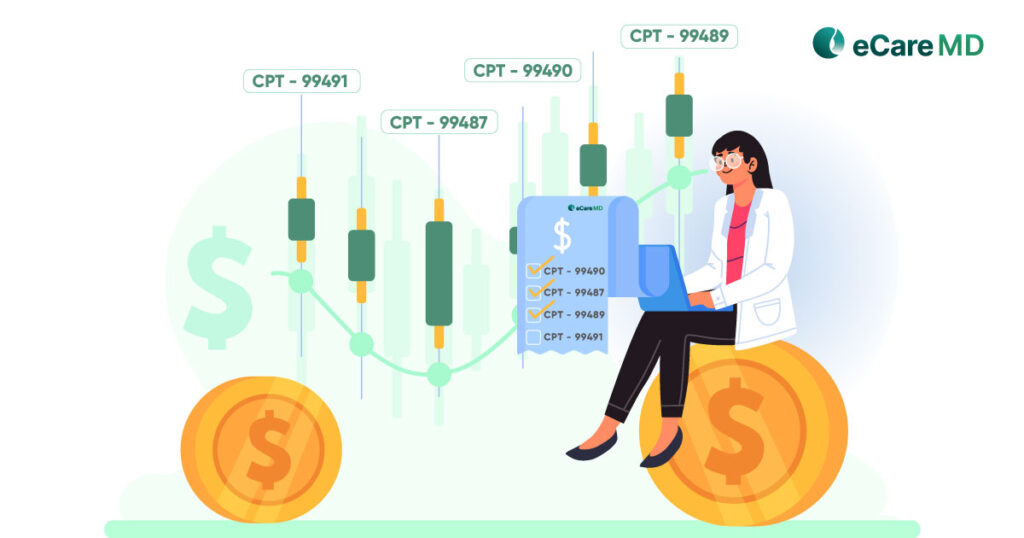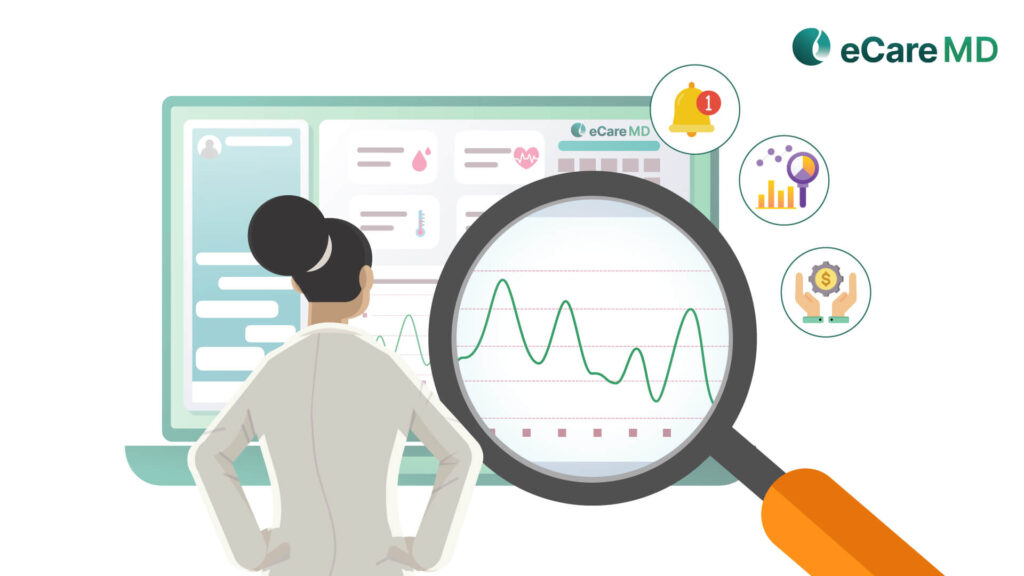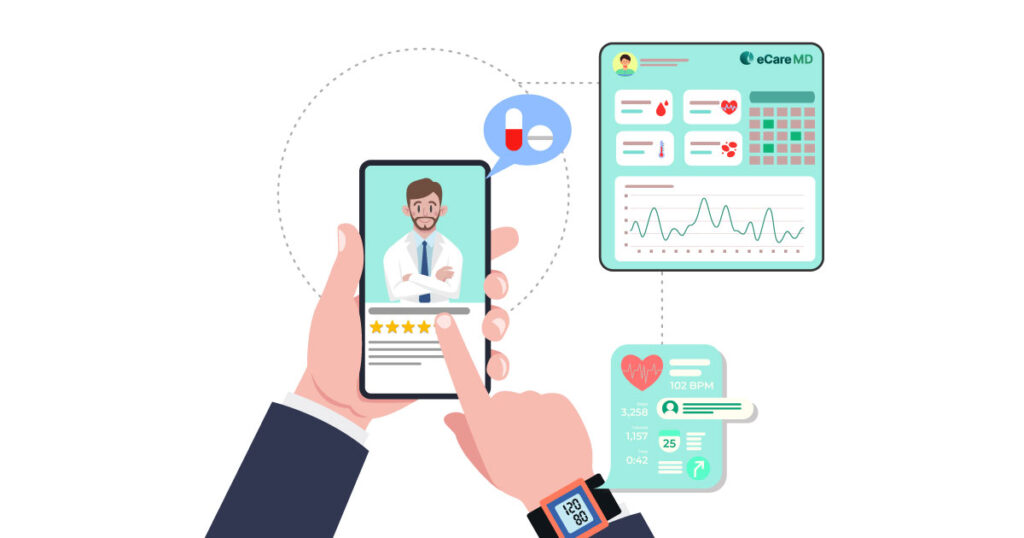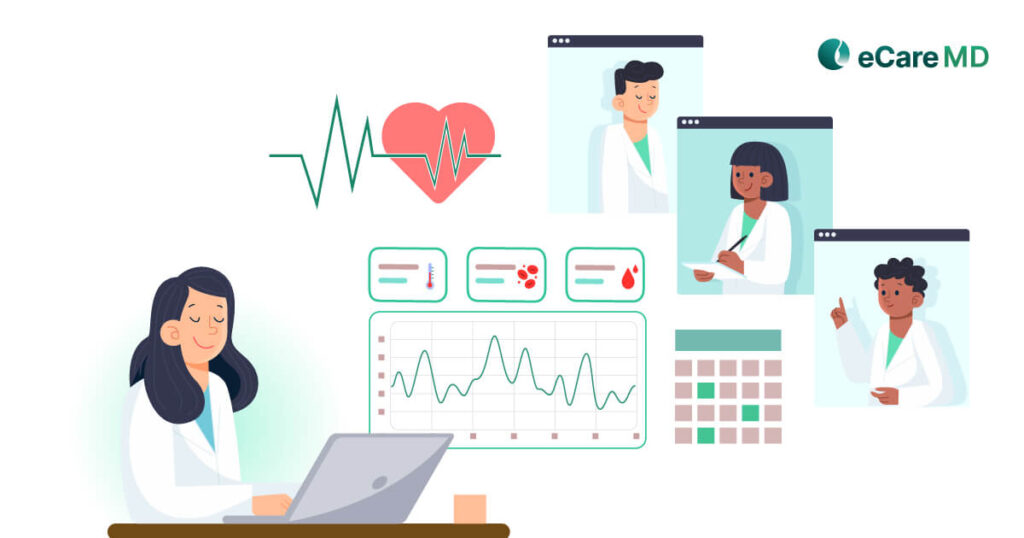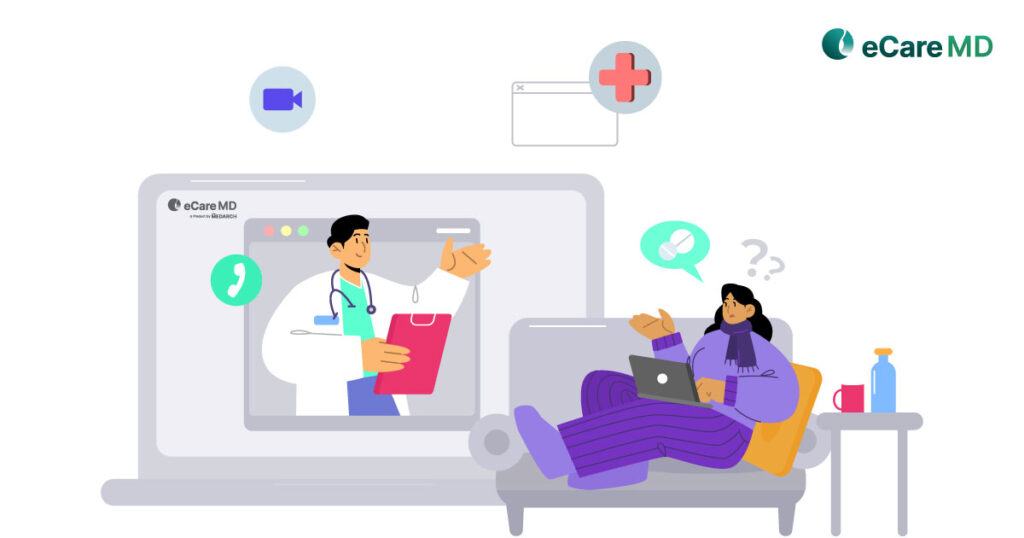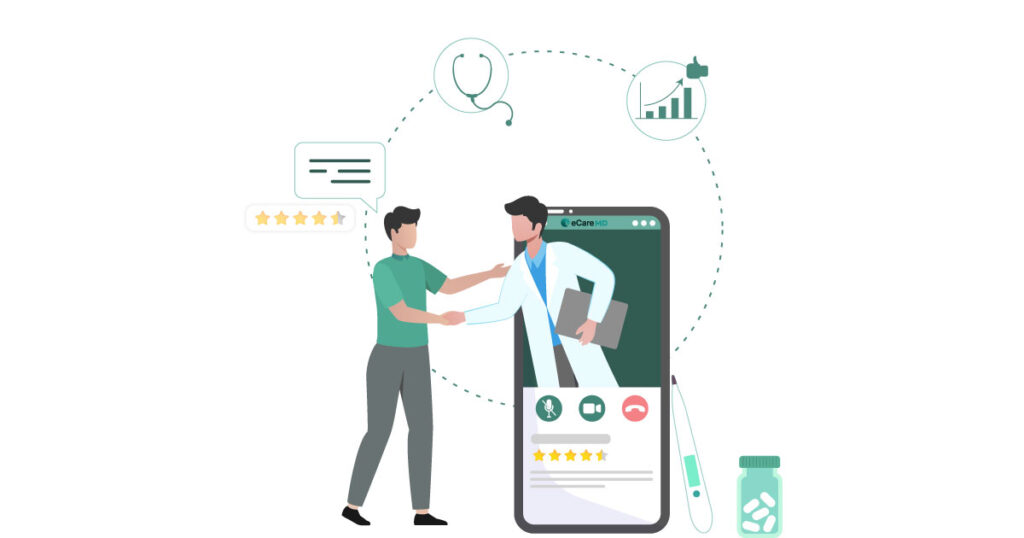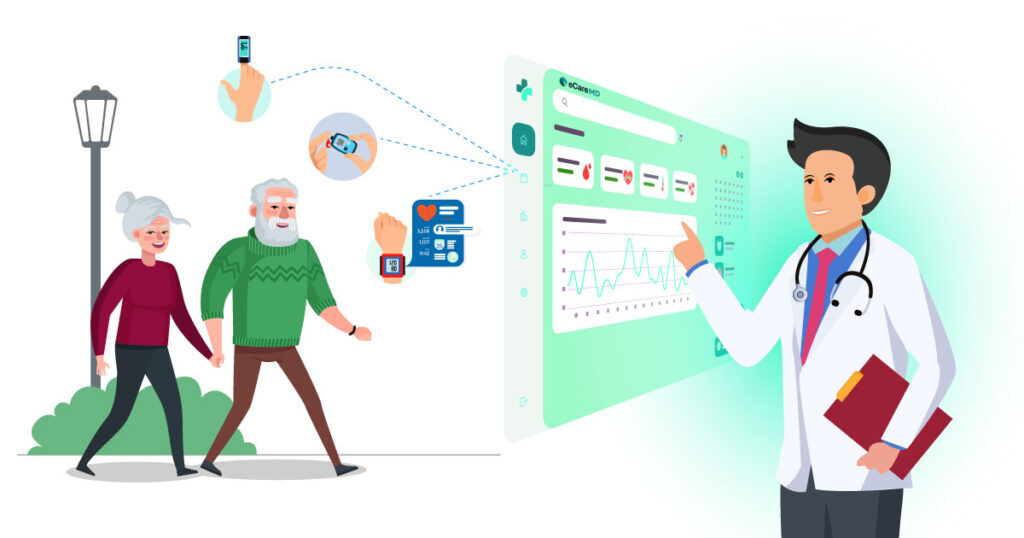Did you know a trial to get a broader perspective on Remote Patient Monitoring showed a 50% reduction in hospital readmission and emergency visits?
Here, the choice of leasing vs. buying RPM devices becomes even more confusing. But as every complex problem has a very simple solution, let’s simplify choosing Remote Patient Monitoring devices.
Leasing Vs. Buying Remote Patient Monitoring Devices: Weighing Your Options

1. Cost Considerations
Lease:
The main advantage of leasing remote patient monitoring devices is that they come with a lower upfront cost. Understanding the budget constraints in healthcare, this comes up as the ideal choice for the initial implementation of the RPM program. These devices adhere to the regulatory for RPM program and easily embrace scalability in healthcare technology as per your vendor.
Buy:
Compared to leasing remote patient monitoring devices, buying RPM devices requires a larger initial investment. However, it affects the long-term cost of RPM implementation. However, the major advantage of buying remote patient monitoring devices is that they completely eliminate ongoing lease payments, leading to long-term cost savings.
2. Device Updates & Technology
Lease:
Leasing remote patient monitoring devices gives you access to the latest devices used in the healthcare industry. Along with that, regular devices and software updates are often covered by the leasing company, making the entire process easier for you.
Buy:
Leasing RPM devices seems lucrative in this scenario as if the upgraded technology and devices become a necessity, you will be required to purchase new remote patient monitoring devices. This can lead to additional costs. Furthermore, while buying RPM devices, there is a risk of using outdated technology in the long run if the device updates are not prioritized.
Remote Patient Monitoring: Lease Vs. Buy - Decision Guide
3. Program Flexibility & Scalability
Lease:
Buy:
TIP: For flexibility and scalability of your RPM program, then choose cloud-based RPM device infrastructure for the numerous benefits of cloud-based RPM solutions.
4. Maintenance & Support
Lease:
Buy:
5. Making the Right Choice
However, making this choice can be confusing, and making the wrong one can impact the long-term cost of RPM. To make it easier for you, here’s the decision matrix curated to help you make informed decisions on leasing vs. buying RPM devices.
The Ultimate Checklist: Choosing the Right Acquisition Method for Your RPM Program
Download nowConclusion
Buying or leasing RPM devices is a dilemma that comes at the start of every RPM program. Despite being a healthcare provider, the changing nature of the healthcare industry has forced many practices to reconsider their decisions.
At least in the case of RPM programs, the devices have been the point of difference. However, if you have a strategic plan to implement your program and a better understanding of your budget, making a choice becomes clear.
RPM program and device management are crucially important for the success and sustainability of your program. Leasing and buying RPM devices have their own advantages and disadvantages, but which one suits your needs the best will result in making the right decision.
Frequently Asked Question’s
Depending on the terms of leasing the devices, there are ideally three options that you get:
- Return of Devices
- Purchase the Devices
- Extend the Lease
If you are leasing RPM devices, the maintenance and repair of the devices come under the vendor’s responsibility.
If you are buying RPM devices, the maintenance and repair of the devices fall under the owner’s responsibility.





























